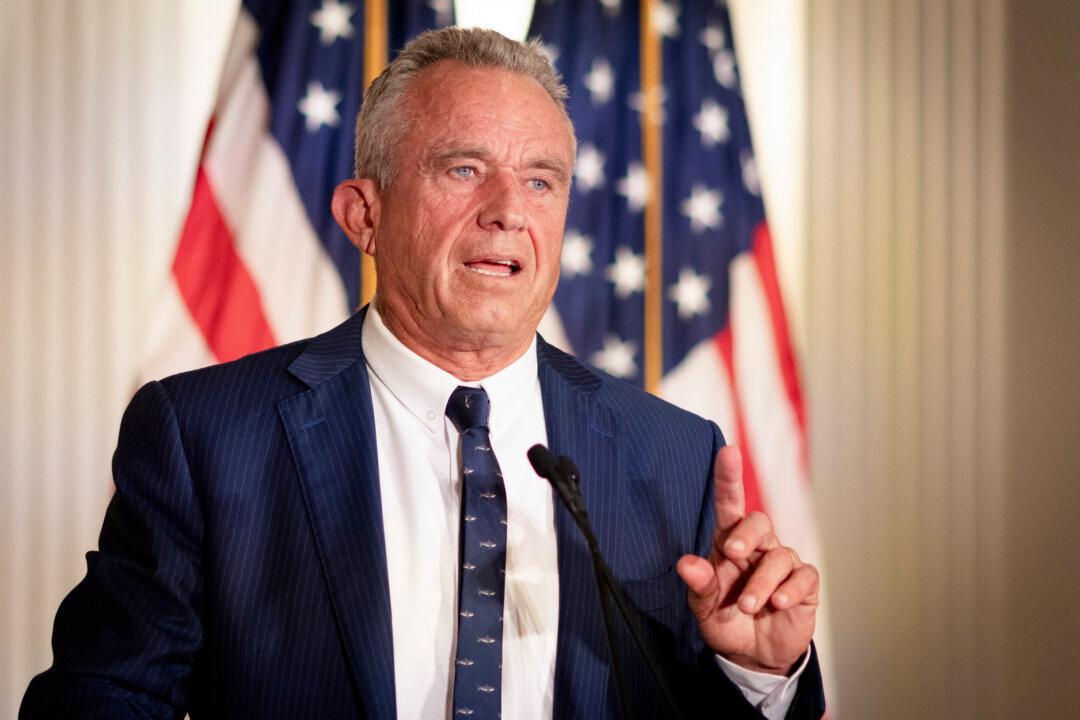The Office for National Statistics (ONS) in the United Kingdom has unfurled a new methodology for calculating excess deaths.
At the helm of this change is Julie Stanborough, ONS’s deputy director for Data and Analysis for Social Care and Health, and a seasoned veteran in the realm of government statistics. She spun her numerical narratives previously for the Cabinet Office during the COVID-19 crisis, and before that, in the labyrinthine corridors of HM Revenue and Customs and the Department for Work and Pensions.
Ms. Stanborough has promised a regime of continuous refinement for these newly minted estimates of excess deaths, now intriguingly tagged as “Official Statistics in Development.”
In place of the old method, Ms. Stanborough has ushered in a statistical model that she explains will rely on age-specific mortality rates.
The ONS is now posing the question—how many deaths would we expect there to be within the context of an evolving population?
The introduction of the new calculation method, has been dissected with clinical precision by health campaigner John Campbell, revealing startling disparities between the old and new figures, with the latter method significantly reducing the count of excess deaths.

David Dickson, a forensic investigator, has unveiled an even more shocking revelation, accusing the ONS of erasing some 68,000 excess deaths from the 2023 records through this statistical manoeuvre.
This open-ended commitment to iterative adjustment begs the question: What necessitated this methodological metamorphosis in the first place?
The recalibration of numbers has cast the pandemic’s mortality in a starkly different light, artificially amplifying the lethality of the pandemic year in comparison to the previous counts of excess mortality.
The complexity of the new model equation is seemingly decipherable only by someone such as Rainman, raising suspicions about the motivations behind such opaque adjustments.
Ms. Stanborough has said, “It’s important to note that excess deaths estimates are just that—estimates. They cannot be counted on an individual basis, as can be done for death registrations. They are estimated using statistical techniques and, as a result, there is no single ‘true’ measure of excess deaths.”
Thus, while statistical manipulations may have obscured relative increases in mortality, the immutable facts of absolute death counts remain more resistant to concealment.
Lifting the Shroud
Amidst this backdrop of statistical shuffling, a rigorous investigation by Denis Rancourt, Maurine Baudin, Joseph Hickey, and Jérémie Mercier has pierced through the fog with their illuminating study on COVID-19 vaccine-associated mortality across the southern hemisphere.Their empirical scrutiny of the vaccination campaigns across 17 countries has revealed a damning narrative: the mass vaccination efforts have failed to demonstrably impact all-cause mortality rates, contradicting the prevailing vaccine discourse.
The study has meticulously correlated the timing of mortality spikes with the aggressive rollout of vaccine boosters, challenging the purported benefits of COVID-19 vaccinations.
Far from reducing mortality, the data suggested a sinister association between vaccination campaigns and subsequent increases in death rates.

This revelation has cast a long shadow over the global push for COVID-19 vaccinations, demanding a sober reassessment of their safety and efficacy.
Mr. Rancourt and his team’s findings not only have questioned the utility of these vaccines in curtailing the virus but also have shone the spotlight on the critical need for a more discerning and empirical approach to public health policy.
As the narrative around excess deaths and COVID-19 vaccines has continued to evolve, the ONS’s new methodology for calculating excess deaths has added another layer of complexity to an already convoluted debate.
With politicians like UK MP Andrew Bridgen advocating for inquiries into excess mortality, the ONS’s adjustments now threaten to obscure these crucial investigations, potentially eroding public trust in governmental transparency.
This latest episode in the annals of public health statistics serves as a poignant reminder of the adage, “There are three kinds of lies: lies, damned lies, and statistics.”
In the end, the quest for truth in the age of COVID-19 has become ever more entangled in the webs of statistical reinterpretation, leaving the public yearning for clarity amidst a sea of numbers.







